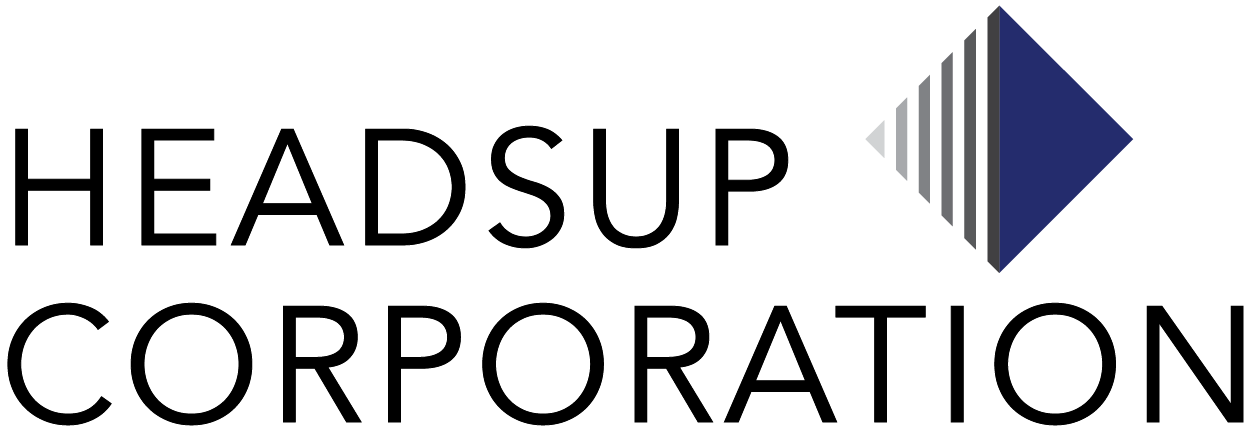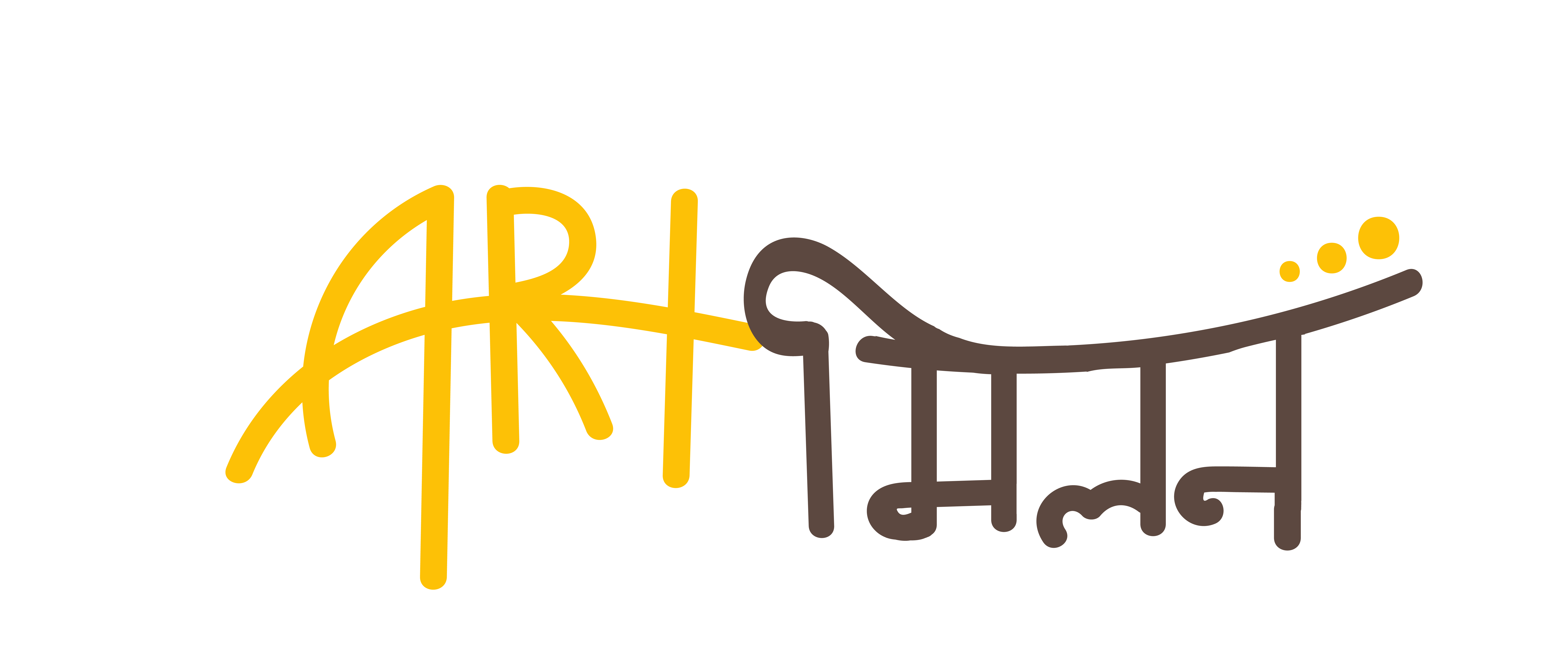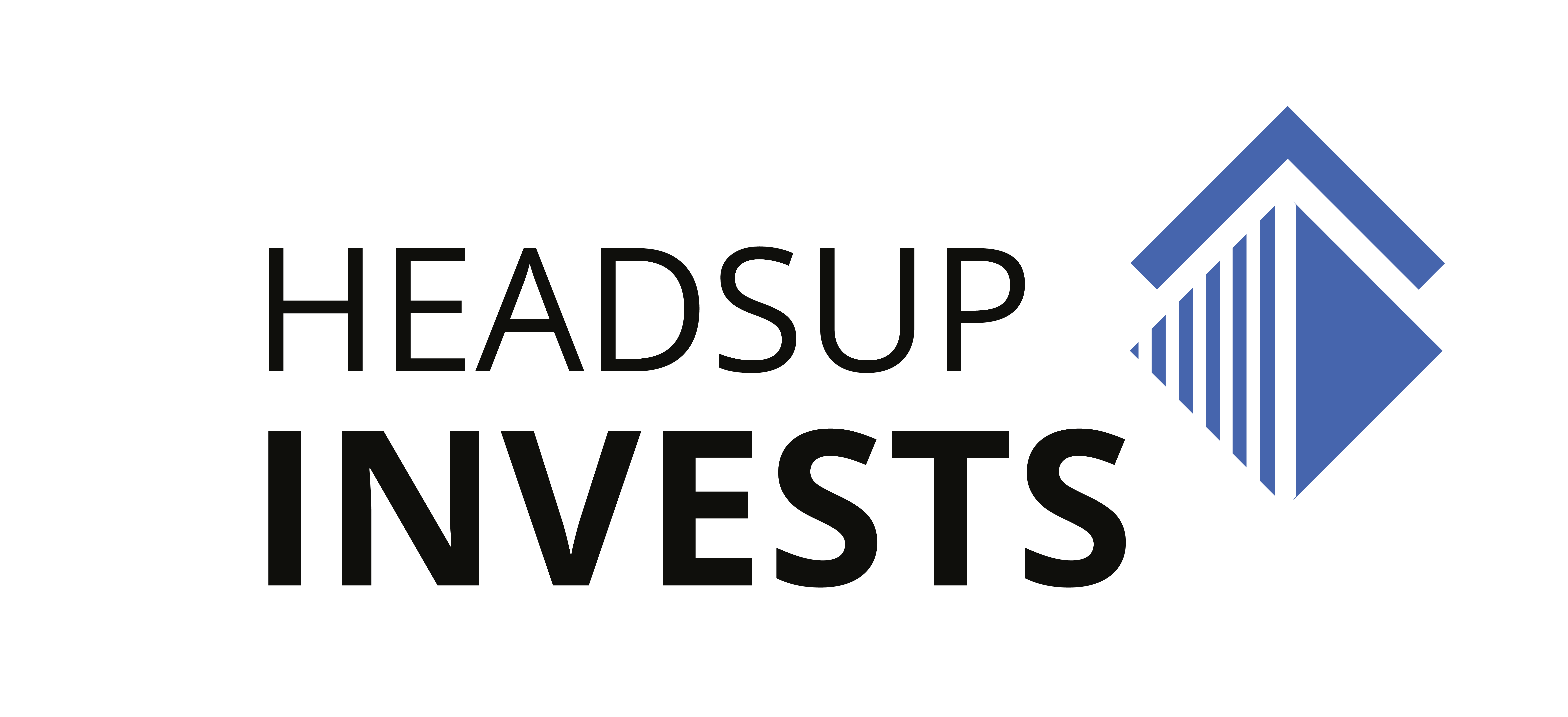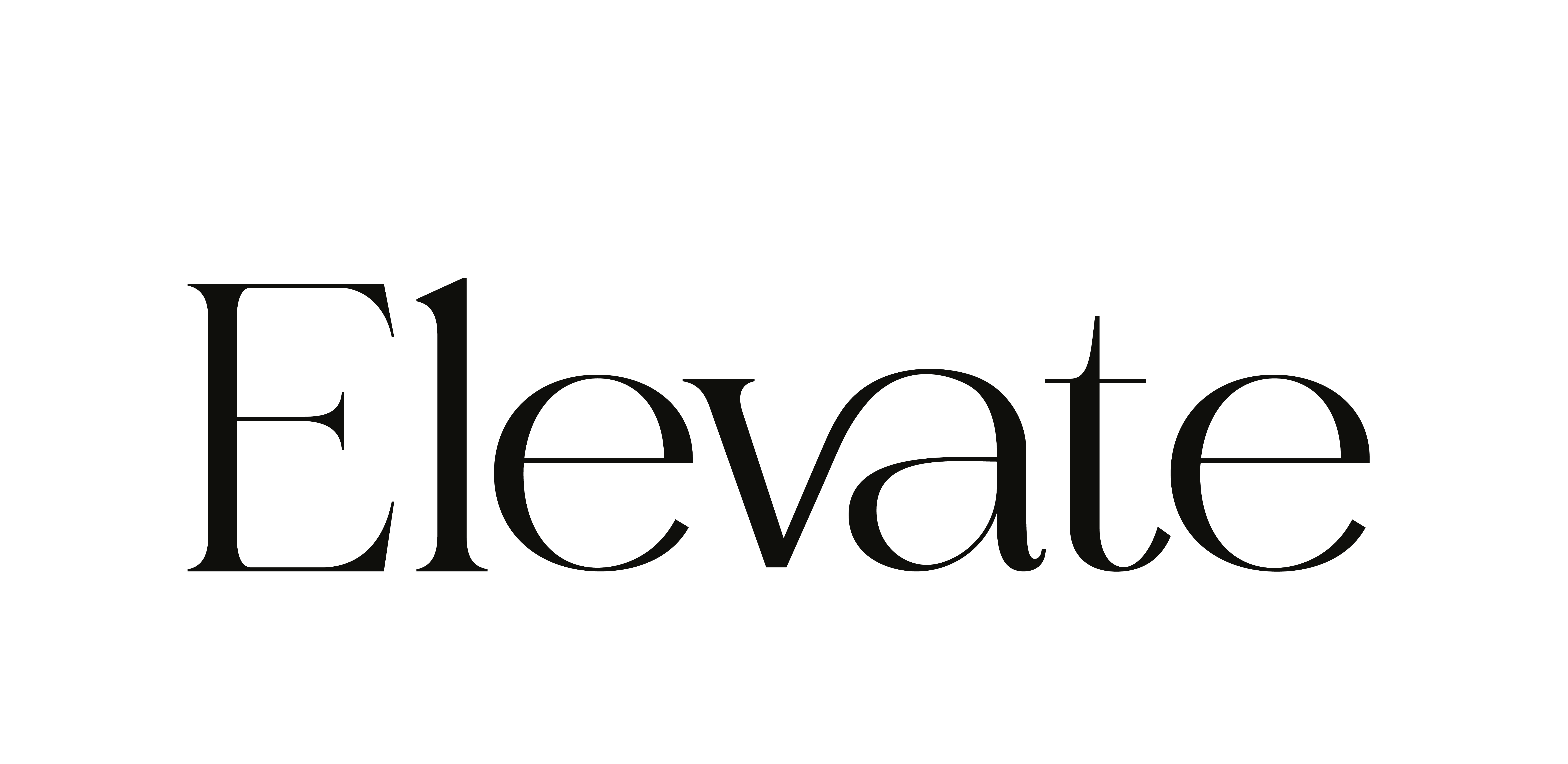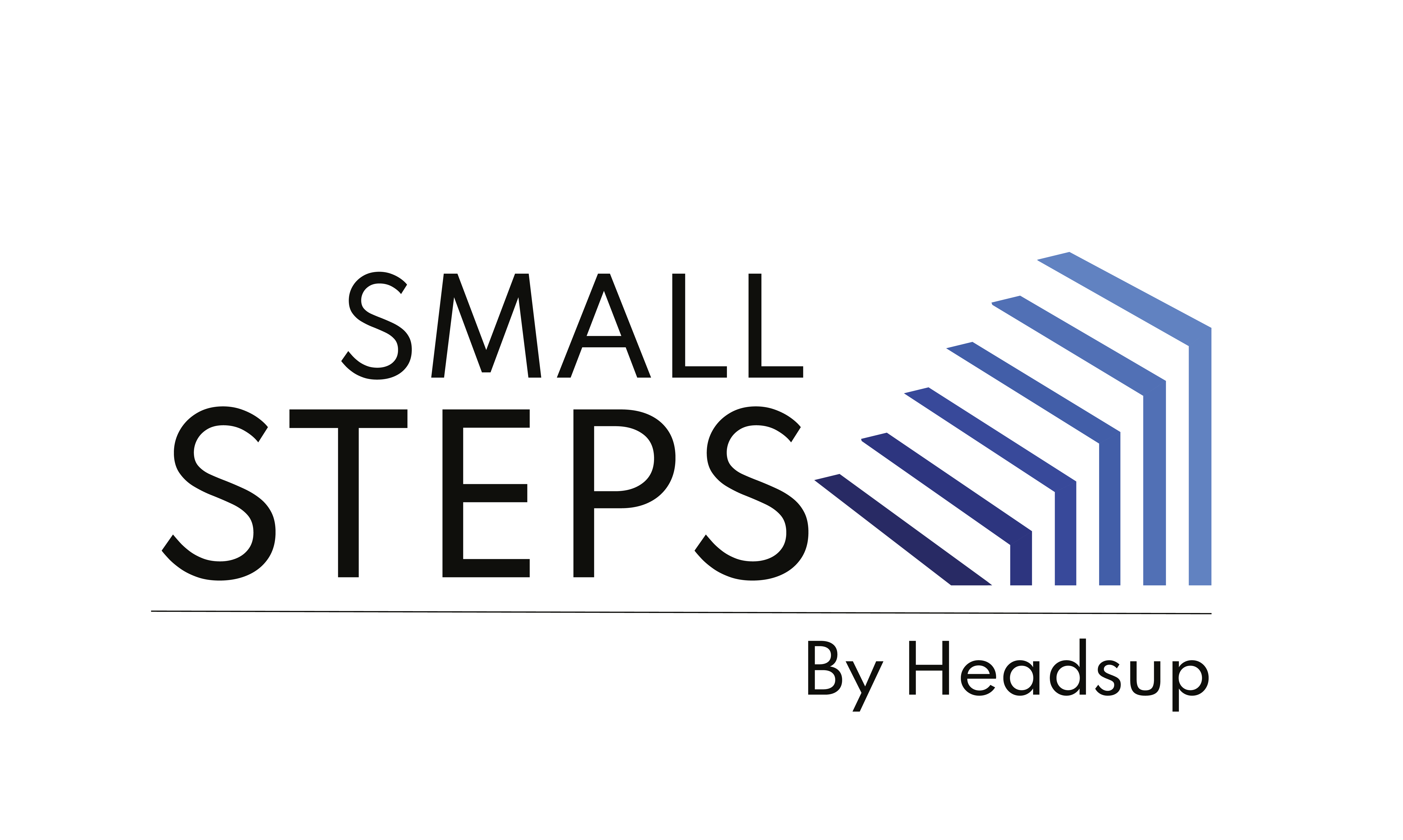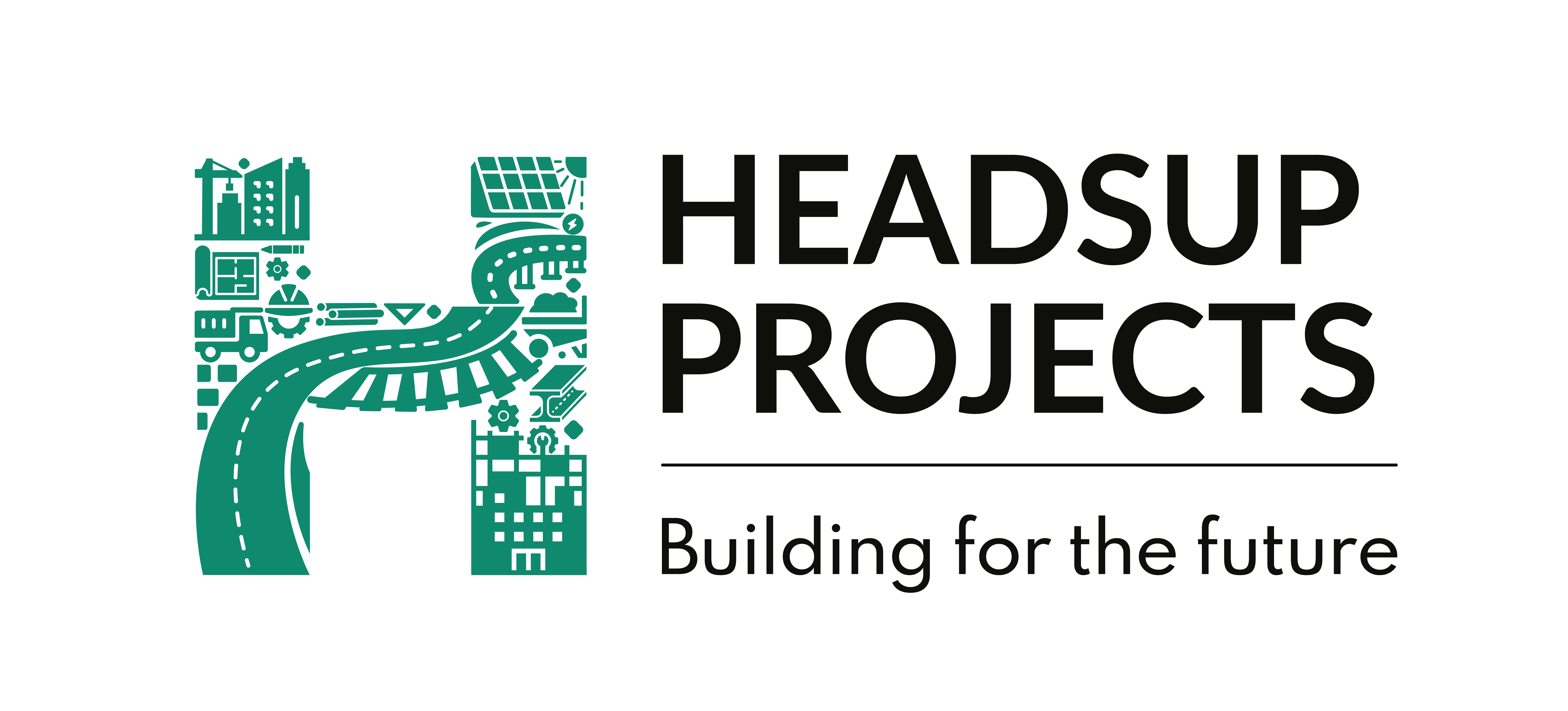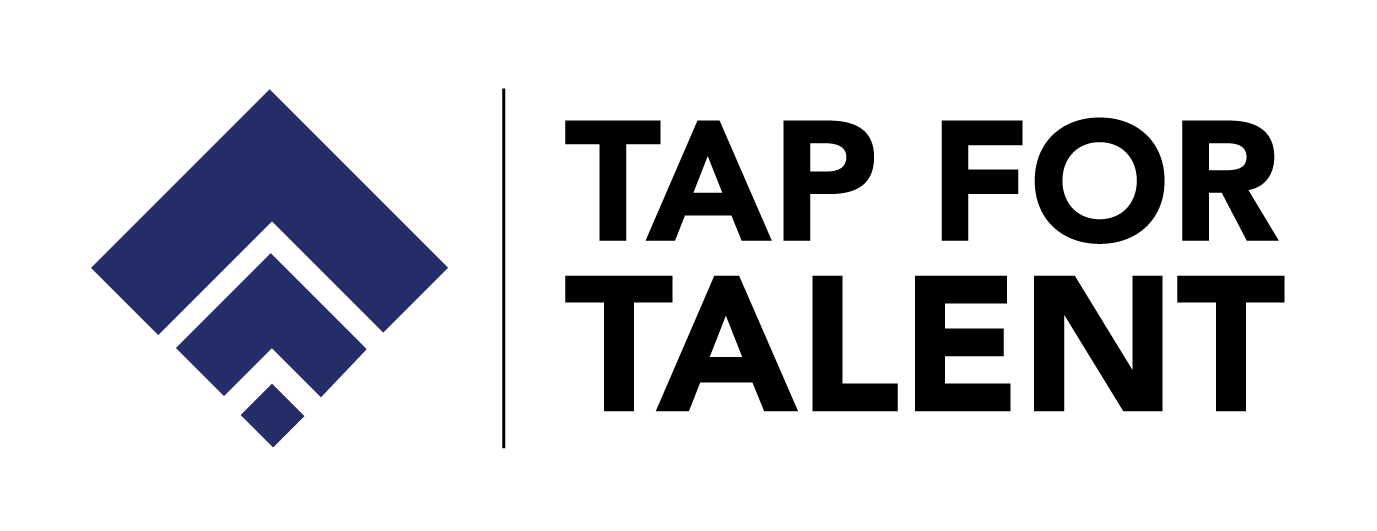Exit interviews are more than just a routine HR process; they’re a goldmine of insights. When conducted well, they help organizations understand why employees leave, identify gaps in engagement, and improve retention strategies. But let’s face it, an exit interview can easily become a tick-box exercise if not handled thoughtfully. Here’s how to ensure yours are effective and how Headsup can help you get it right.
1. Set the Right Tone
The first step to a meaningful exit interview is creating a safe and open environment. Employees are more likely to share honest feedback when they feel heard and respected.
- Be approachable and neutral: Avoid making the interview feel like a performance review or interrogation.
- Ensure confidentiality: Reassure employees that their feedback won’t negatively impact references or future interactions.
Headsup Tip: Our People Advisory Services team helps organisations design frameworks that ensure departing employees feel safe and valued while sharing constructive feedback.
2. Prepare Thoughtful Questions
The quality of insights depends on the questions you ask. Move beyond generic prompts like “Why are you leaving?”
- Focus on experience: “What did you enjoy most about your role?” or “What could have made your time here better?”
- Identify gaps: “Were there resources or support you felt were missing?”
- Probe for patterns: Ask about team dynamics, leadership support, and opportunities for growth.
Headsup Tip: We provide customized exit interview question banks tailored to your organization’s culture and goals, ensuring actionable insights every time.
3. Listen Actively and Empathise
An exit interview is not the time to defend policies or debate feedback. Your goal is understanding.
- Listen more than you speak: Let the employee narrate their experience fully.
- Acknowledge feelings: Simple gestures like “I understand” or “Thank you for sharing this” encourage candidness.
- Clarify, don’t argue: Ask follow-up questions to get specifics, not to challenge opinions.
4. Document Insights Systematically
Feedback is only valuable if it’s captured and analyzed.
- Use structured forms: Create a template to record feedback consistently across employees.
- Categorize themes: Separate feedback into areas like leadership, work culture, growth opportunities, and processes.
- Look for trends: One exit interview is anecdotal; multiple interviews can reveal patterns worth addressing.
Headsup Tip: Our digital dashboards consolidate exit data, highlight trends, and provide actionable recommendations to help leadership make informed decisions.
5. Act on the Feedback
The biggest mistake organizations make is collecting feedback and doing nothing with it.
- Share insights with relevant stakeholders: Managers, HR leaders, and team heads should review findings.
- Implement actionable changes: If multiple employees cite a lack of career progression, revamp growth plans.
- Close the loop: When possible, let the team know what changes were made based on exit feedback; it demonstrates that their voices matter.
6. Make it a Positive Experience
Even if someone is leaving, a well-handled exit interview can leave a lasting impression.
- Maintain professionalism and gratitude throughout.
- Encourage departing employees to stay connected as alumni.
- Use the conversation to strengthen your employer brand—it’s not just about feedback, but also goodwill.
Read Related: Exit Interview Data Analysis: A 7-Step Process
An exit interview done right is not just a goodbye; it’s a roadmap for improvement. By creating a safe environment, asking the right questions, listening actively, and acting on insights, organisations can turn departures into opportunities for growth and engagement. With Headsup Corporation’s support, your exit interviews can transform from a procedural formality into a strategic advantage.
